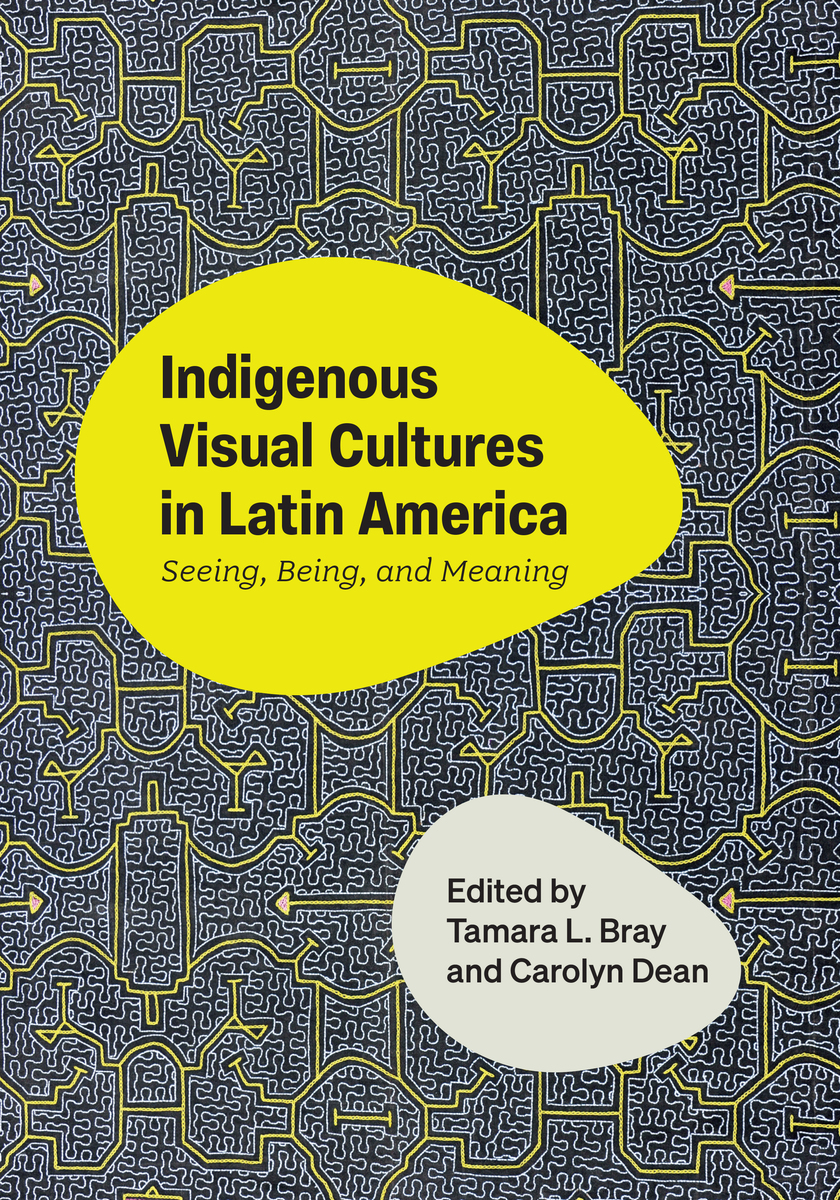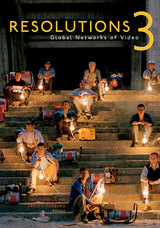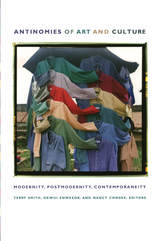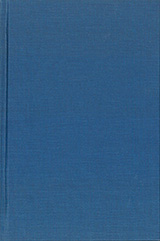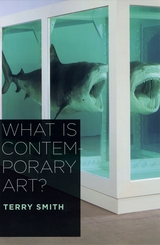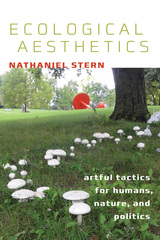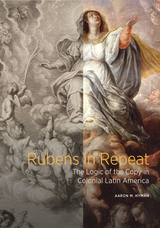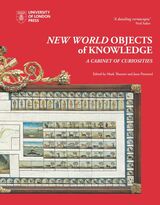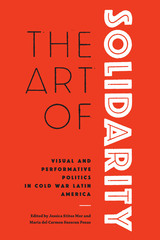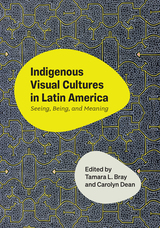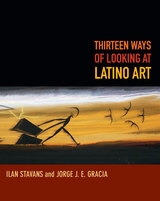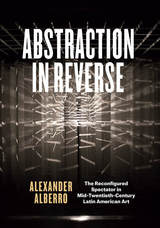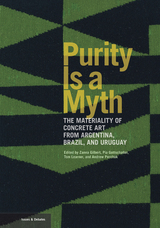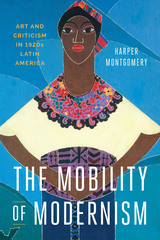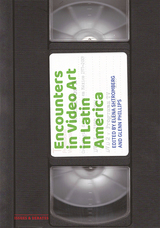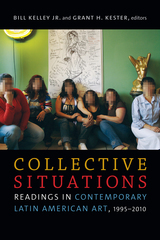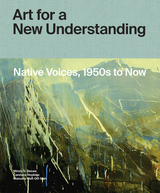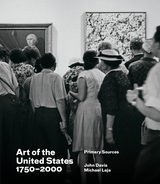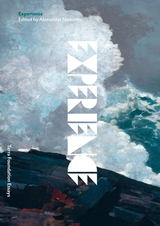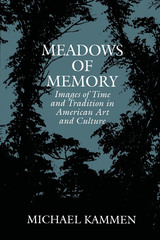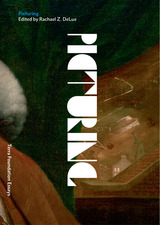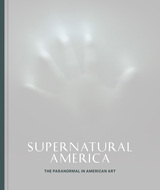Cloth: 978-1-4773-3308-2 | eISBN: 978-1-4773-3310-5 (ePub) | eISBN: 978-1-4773-3309-9 (PDF)
Library of Congress Classification N6502.5.I53 2026
Dewey Decimal Classification 704.0398
Reframing the study of Indigenous visual culture, this volume explores how images and objects generate affect and relation in non-Western contexts, foregrounding alternative modes of material engagement and meaning-making.
While traditional approaches to Indigenous visual culture have often centered on iconography and representation, this volume turns toward other ways that images and objects act in the world. Indigenous Visual Cultures in Latin America explores how material productions function not merely as signs that point elsewhere but as agents that help shape relationships, environments, and affective experience.
Spanning Mesoamerica, the Andes, and Amazonia from 1500 BCE to the present, the chapters examine how meaning may reside in materials themselves; how making is a form of exchange between maker and matter; and how visual forms participate in configuring relations among humans, ancestors, deities, and place. These works are not passive containers of meaning, but charged presences—generative forces within ongoing worlds. Attuned to Indigenous ways of knowing and being, the volume invites readers to think beyond the frame, beyond the image, and beyond representation itself.
See other books on: Being | Indian art | Material culture | Meaning | Ontology
See other titles from University of Texas Press
